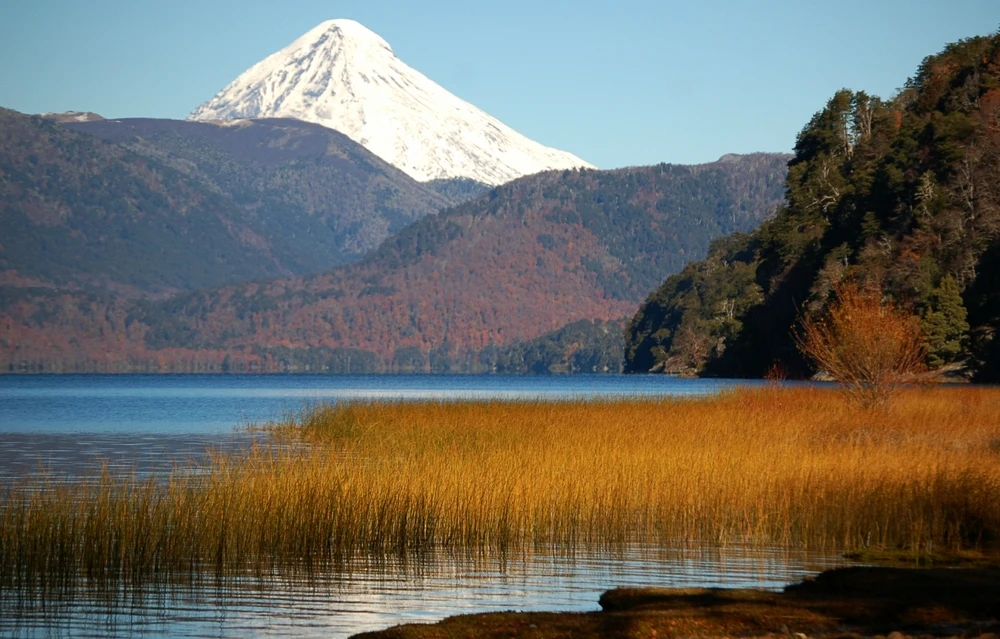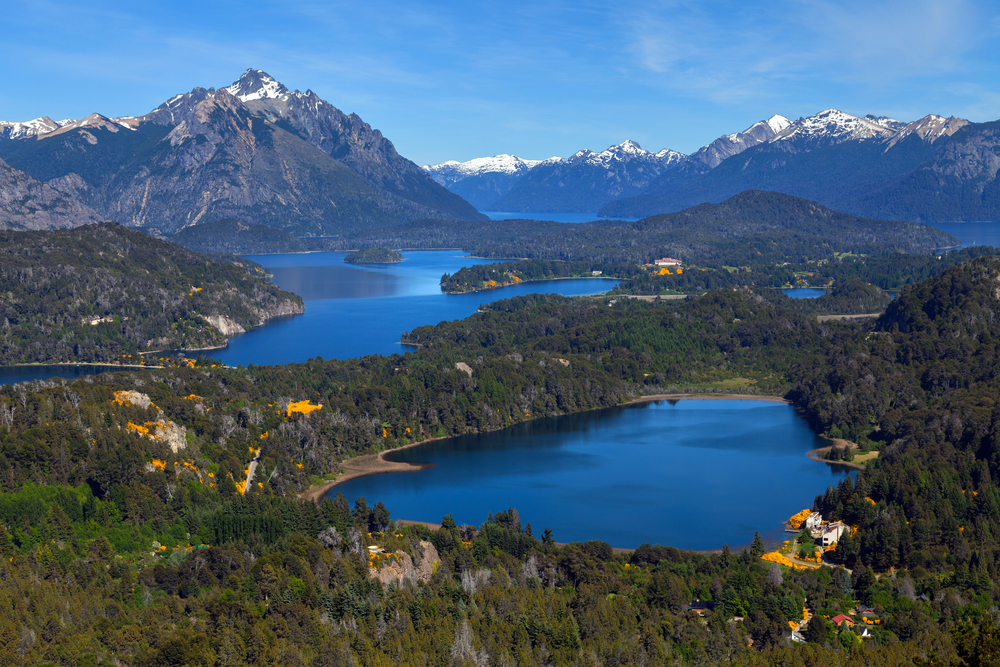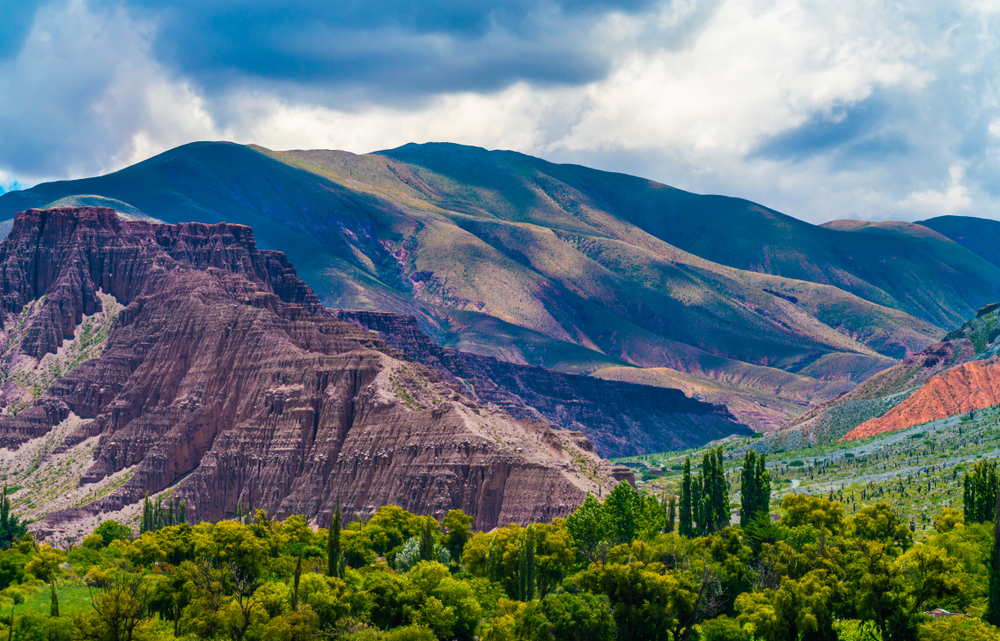Aconquija Overview
Aconquija National Park, or Parque Nacional Aconquija in Spanish, is a protected area in northwestern Argentina, covering approximately 805 square miles (2,085 square kilometers). Situated in the province of Tucumán, the park lies along the eastern slopes of the Aconquija Mountains, a subrange of the Andes.
This park preserves a crucial section of the Yungas forest, a unique subtropical ecosystem that thrives in the Andean foothills. Its varying elevations create a striking mix of landscapes, from dense cloud forests at lower levels to high-altitude grasslands and rocky peaks. The park’s terrain is shaped by deep valleys, cascading waterfalls, and fast-flowing rivers, with prominent features including the Las Pavas Waterfall and Cerro del Bolsón, one of its highest peaks.
The park is a haven for diverse wildlife, offering refuge to a mix of subtropical and Andean species. Among the most notable mammals are the elusive jaguar, the puma, and the endangered Andean mountain cat, which roam the park’s higher elevations.
The region is also home to South American deer species, such as the taruca, and a variety of smaller mammals, including armadillos and tapirs. Birdwatchers will find an abundance of avian life, including the Andean condor soaring above the mountains and colorful toucans and tanagers in the lower forests. The park is also a sanctuary for several endemic species, making it an essential area for Argentina’s biodiversity.
Aconquija National Park is particularly known for its scenic beauty and ecological importance. Visitors are drawn to its dramatic cloud forests, alpine meadows, and glacial streams, which provide a stunning backdrop for outdoor activities. Several hiking trails lead through the diverse terrain, allowing visitors to experience the park’s lush vegetation and breathtaking vistas.
The Campo de Los Alisos sector is especially popular, offering access to the archaeological remains of Inca settlements, including sections of the ancient Inca Trail. The park’s rugged landscapes also attract adventurous trekkers eager to explore its remote high-altitude regions.
The park offers multiple ways for visitors to engage with its natural wonders. Hiking and trekking are the most popular activities, with trails ranging from short nature walks to challenging multi-day excursions.
Wildlife observation is another major attraction, with dedicated birdwatching areas and guided tours available to help visitors spot elusive species. Additionally, the park’s rivers and waterfalls provide opportunities for photography and nature immersion, allowing visitors to appreciate the untouched beauty of the region.
Conservation efforts in Aconquija National Park focus on protecting its fragile ecosystems from deforestation, habitat fragmentation, and the threats posed by climate change. The park plays a crucial role in safeguarding the Yungas biome, which has been heavily impacted by agriculture and logging in surrounding areas.
Conservation initiatives have successfully increased the protection of key species, particularly the Andean mountain cat and the jaguar, through habitat monitoring and anti-poaching measures.
The park’s management also works closely with local communities to promote sustainable tourism and environmental education, ensuring the long-term preservation of its natural and cultural heritage.



















































































